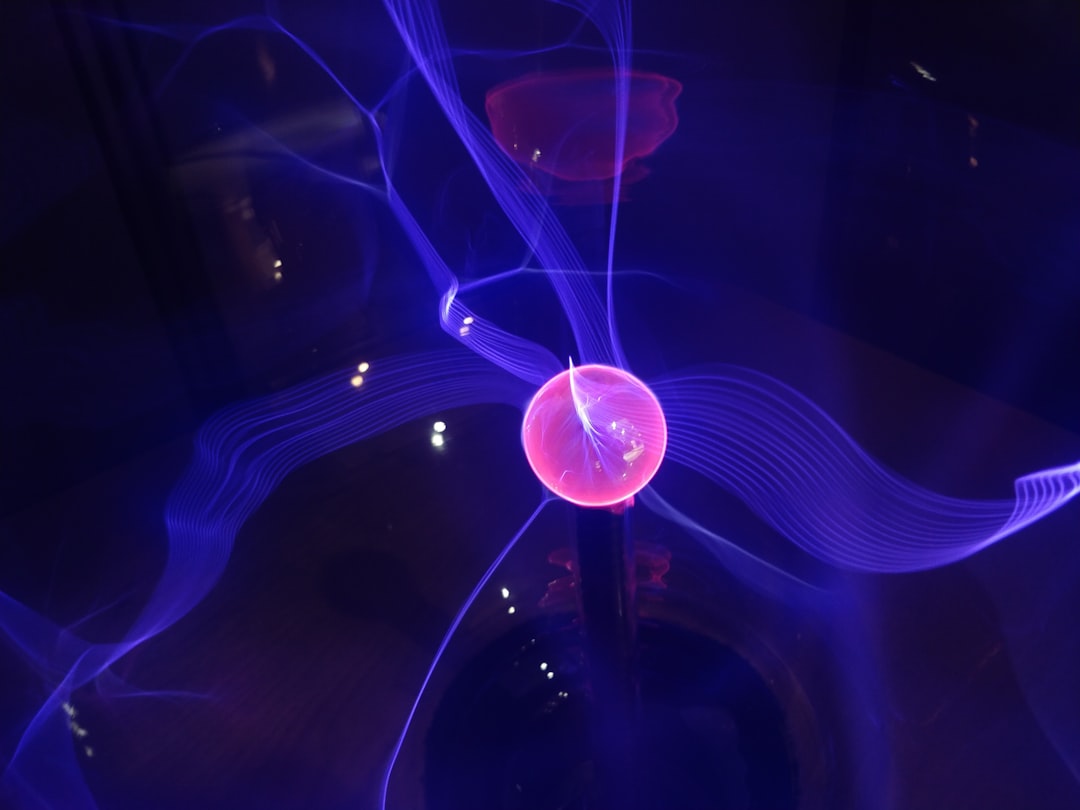What is it about?
General rigid bead-rod theory is actively used for connecting the complex viscosity of polymeric liquids to the structure of macromolecules. Using general rigid bead-rod theory, the rheological properties of polymeric liquids have been investigated theoretically and applied practically. In this paper, we include the hydrodynamic interaction of the nearest neighboring beads into general rigid bead-rod theory.
Featured Image

Photo by Jonas Denil on Unsplash
Why is it important?
The prediction of rheological properties of polymeric liquids from their macromolecular structure has attracted a lot of attention both theoretically and practically. Many advances have been made in the general rigid bead-rod theory to relate the complex viscosity of polymeric liquids to their macromolecular configurations. We are attracted to general rigid bead-rod theory first, for its flexibility, wherein we design each macromolecular structure by simply rigidly connecting nearest bead centers with massless dimensionless rods.
Read the Original
This page is a summary of: General rigid bead-rod theory with hydrodynamic interaction for polymer viscoelasticity, Physics of Fluids, February 2022, American Institute of Physics,
DOI: 10.1063/5.0079900.
You can read the full text:
Contributors
The following have contributed to this page










